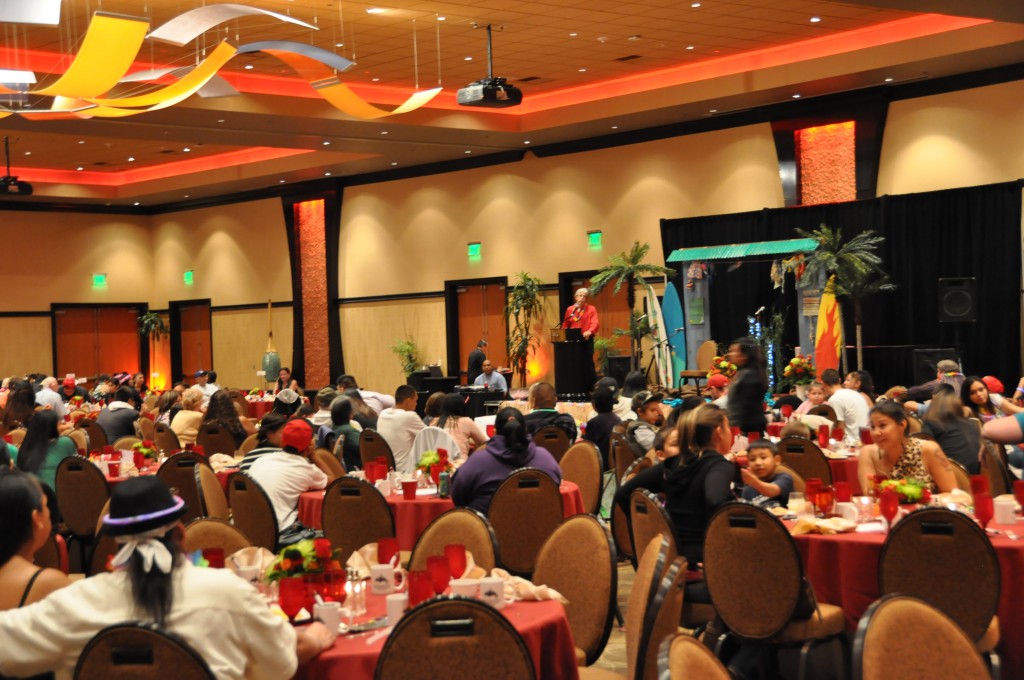Levi Rickert, Native News Network
WASHINGTON – For the first time in 17 years, a federal shutdown is realistic at 12:01 am est Tuesday, October 1.
Late Saturday night, the Republican-controlled US House passed a measure that would fund the federal government at its current level for one year with the stipulation, the Affordable Care Act – most commonly known as Obamacare – would not be part of the federal budget.
This measure is unacceptable to President Barack Obama and the Democratic Party-led United States Senate.
With the US Senate not reconvening until this afternoon, it is looking more and more likely a federal government shutdown will occur at midnight tonight.
What does this mean to Indian country?
The federal shutdown will impact some services in Indian country. The breakdown is broken down into two categories as essential and non-essential services. Essential services include law enforcement and social services to protect children and adults.
“The impact of a Federal government shutdown is elusive to most folks as we, as citizens, generally take government services for granted. The impact in both the short term and long term to Tribes, however, will be devastating. In 1995, the impact was to delay federal checks, impose furlough work days for federal employees, shut down federal tourist and National Park services, and ultimately the cost of both closing down and reopening Federal services at a whopping $1.4 billion ($1.7 billion today with a one percent annual inflationary adjustment),”
commented Aaron Payment, chairman of the Sault Ste. Marie Tribe of Chippewa Indians, based in Sault Ste. Marie, Michigan, to the Native News Network Sunday morning.
“In some cases, the Sault Tribe subsidizes a large portion of the Federal government’s treaty obligations for “health, education, and social welfare”. One hundred percent of the Sault Tribe’s net gaming revenues are already pledged to pick up the Federal government’s annual shortfall. For some programs – not all – we will be able to rely on Tribal support or casino dollars for a brief period. However, for those programs not subsidized by Tribal Support funds, we will have to consider furloughs. In some cases, federal funds have already been received such that we can operate for a few days during a shut down. However, if the shutdown lasts more than a week, we may need to shut programs down. In this event, we will first try to minimize the impact on services and second on jobs,”
Chairman Payment continued.
“Obviously we are watching the possible shutdown by the federal government. We are trying to balance what we can do at home and we are reviewing what possible services would be impacted by the shutdown,”
commented Erny Zah, director of communications from Navajo Nation President Shelly’s office on Sunday evening.
“Our Council just passed our budget, so we are attempting to see how a shutdown will coincide with our new budget. Our goal is to keep all government services unhindered and uninterrupted as possible.”
The Bureau of Indian Affairs, BIA, is part of the federal government under the US Department of the Interior. Late Friday, the Interior Department released the following contingency plan fact sheet:
Bureau of Indian Affairs
Contingency Plan Fact Sheet
With a potential shutdown on October 1, 2013, the Bureau of Indian Affairs (BIA) will be required to administratively furlough all employees unless they are covered in an Excepted or Exempted positions. The BIA will also discontinue most of its services to tribes which will impact most programs and activities.
Services and programs that will remain operational.
- Law enforcement and operation of detention centers.
- Social Services to protect children and adults.
- Irrigation and Power – delivery of water and power.
- Firefighting and response to emergency situations.
Services and programs that would be ceased.
- Management and protection of trust assets such as lease compliance and real estate transactions.
- Federal oversight on environmental assessments, archeological clearances, and endangered species compliance.
- Management of oil and gas leasing and compliance.
- Timber Harvest and other Natural Resource Management operations.
- Tribal government related activities.
- Payment of financial assistance to needy individuals, and to vendors providing foster care and residential care for children and adults.
- Disbursement of tribal funds for tribal operations including responding to tribal government requests.


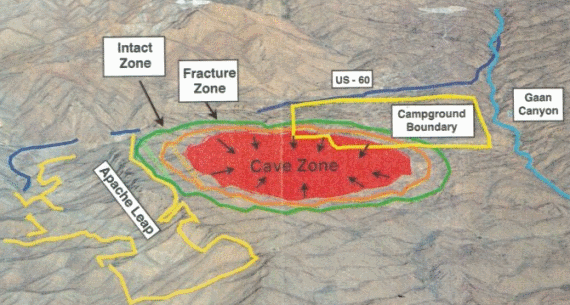

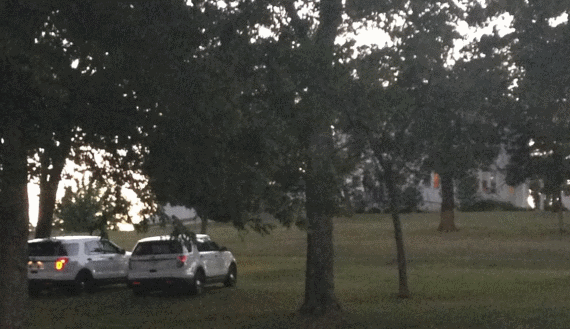


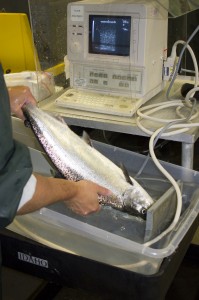

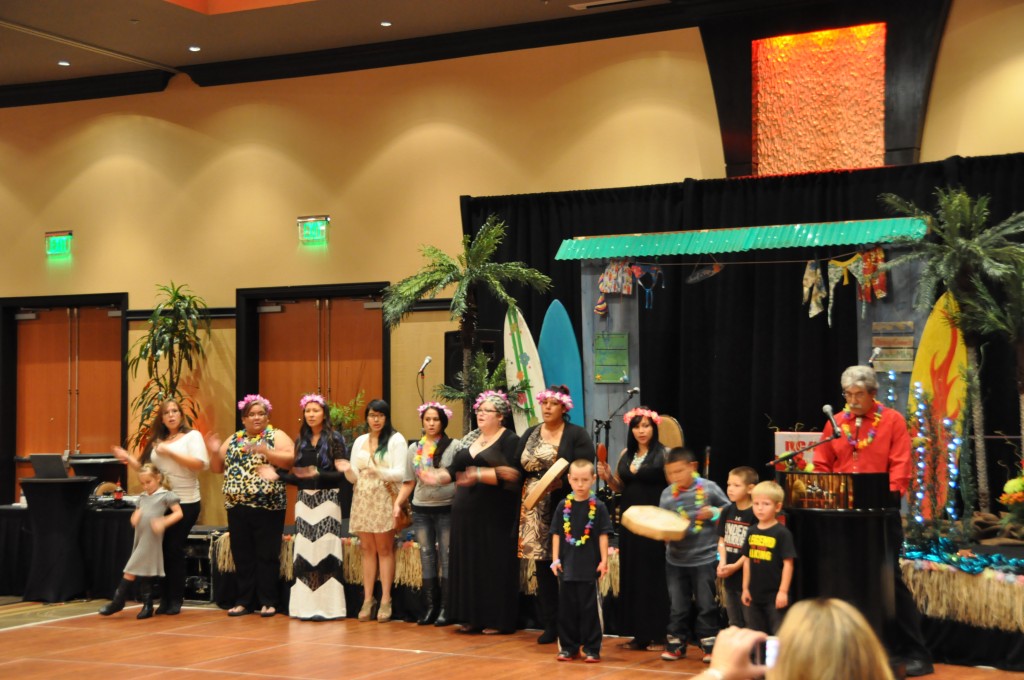
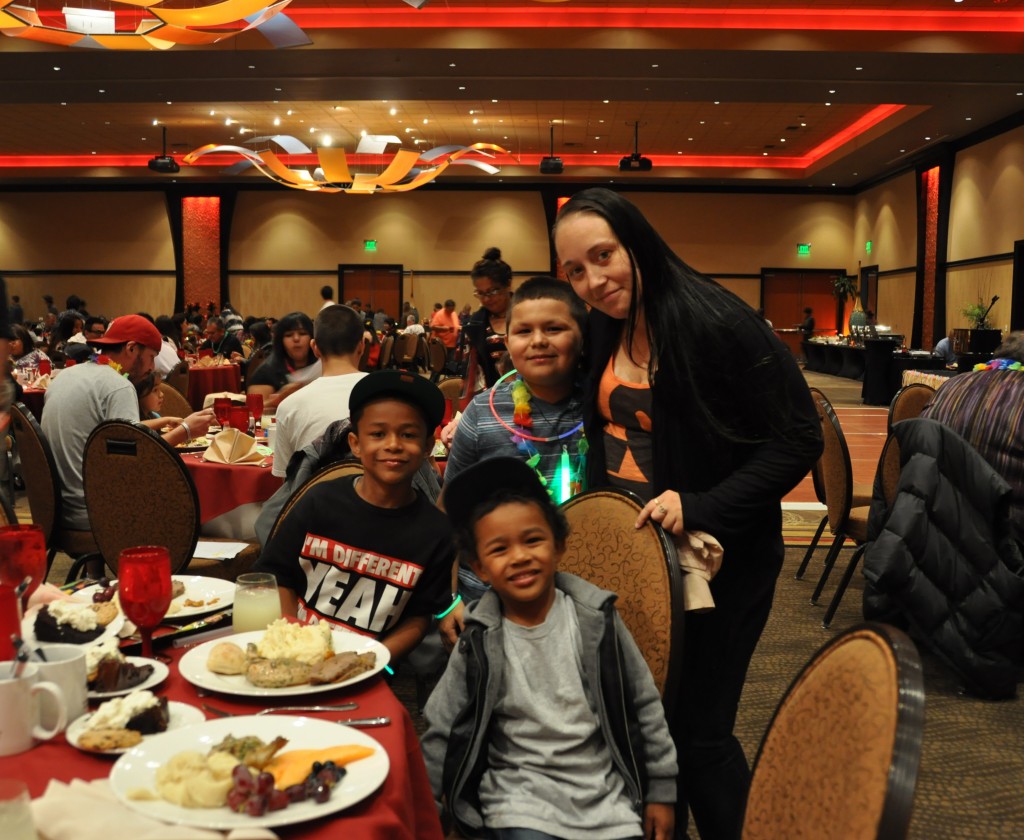 Before the live entertainment and dancing would start they began the sobriety countdown. As the 40 year countdown went on, throughout the room as people stood to declare how long they had been clean and sober it was made evident that quite a few attendees have been enjoying the Wellbriety banquets for many years.
Before the live entertainment and dancing would start they began the sobriety countdown. As the 40 year countdown went on, throughout the room as people stood to declare how long they had been clean and sober it was made evident that quite a few attendees have been enjoying the Wellbriety banquets for many years.